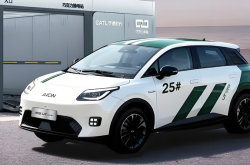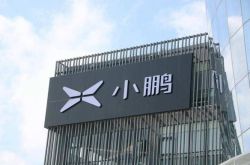Nissan Embarks on Solo Journey: Navigating the Future Without Honda
![]() 02/17 2025
02/17 2025
![]() 603
603
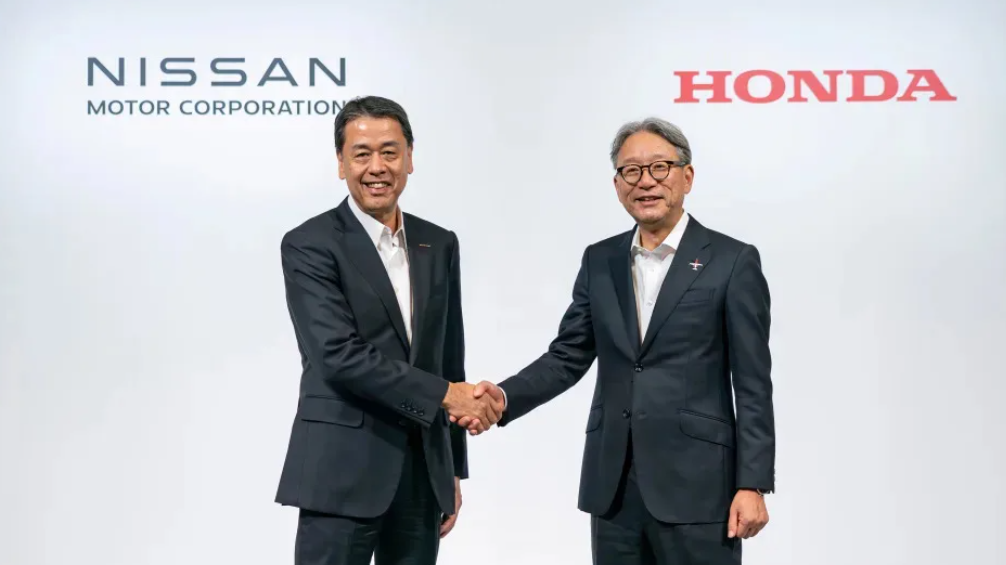
Just a Talk
Author | Wang Lei
Editor | Qin Zhangyong
Corporate "arranged marriages" have a history of less-than-stellar outcomes, and the partnership between Nissan and Honda is no exception.
On February 13, Nissan and Honda officially announced the termination of their merger plan, rescinding the memorandum of understanding on business integration signed on December 23, 2024, and bringing an end to their business merger negotiations.
From the initial announcement to its abrupt termination, the process lasted less than two months.
This historic venture, akin to a flash in the pan, ended in disappointment. The projected third-largest automaker in the world dissolved before it even had a chance to take shape.
However, the separation does not mark a complete severance of ties. According to a joint statement, both parties will continue to collaborate within the framework of a strategic partnership.
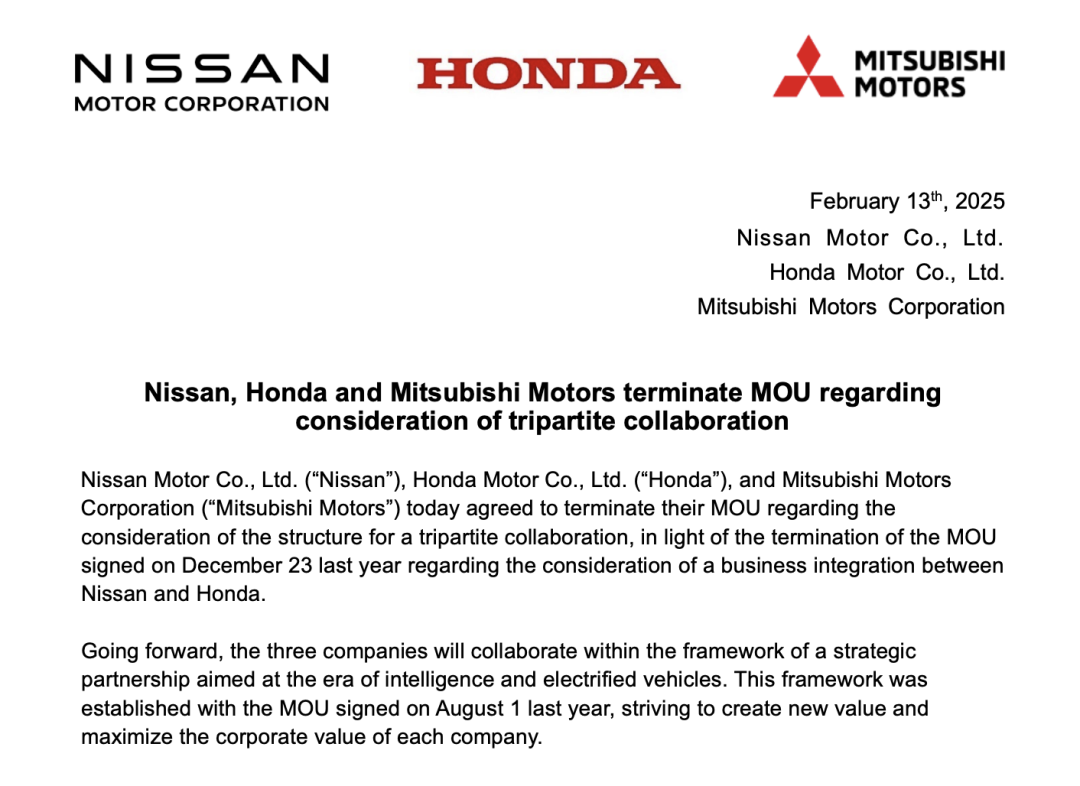
While the backdoor remains ajar, the scope for collaboration has significantly diminished. Post-breakup, Nissan faces a pivotal question: How should it proceed without Honda as a formidable ally?
01 Nissan Faces Heightened Uncertainty
At the heart of the collapse lay the disagreement over "control rights." Put simply, Nissan envisioned Honda as a partner, whereas Honda aspired to be Nissan's parent.
The joint statement revealed: "Honda proposed altering the cooperation structure, abandoning the establishment of a joint holding company and the joint transfer of shares, as well as the appointment of a majority of directors and the chief executive officer, as outlined in the initial memorandum of understanding. Instead, through an equity swap, Honda would become the parent company, with Nissan as its subsidiary."
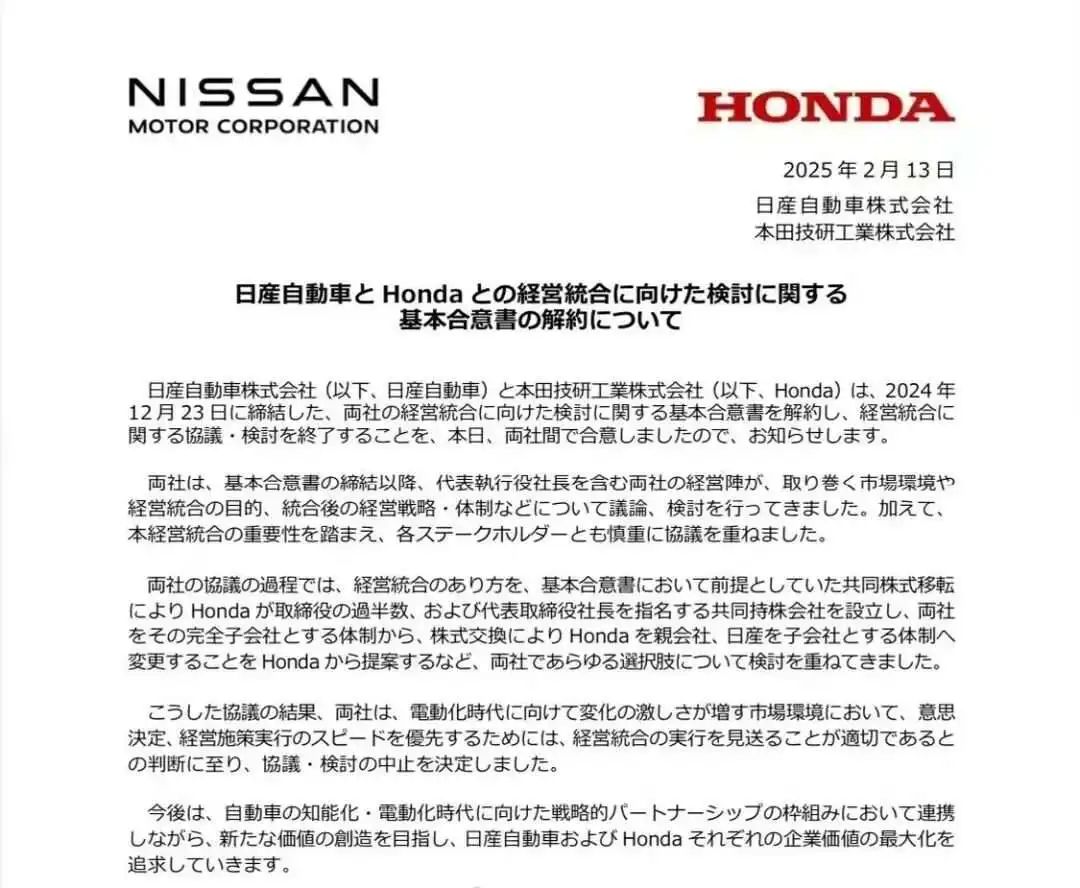
This proposition was unequivocally unacceptable to Nissan.
From the onset of the merger talks, Nissan emphasized independent operation and a global footprint, aiming to maintain an equitable relationship within the merged entity and jointly participate in decision-making and operations, thereby leveraging the partnership to overcome its challenges.
Honda, on the other hand, argued, "The holding company represents a new venture, and it's evident that the time and effort required to establish a governance system for this new entity exceeded our initial expectations. The automotive industry is currently in a critical phase where speed is paramount, and we are acutely aware of the urgency. Hence, we proposed a merger plan that necessitates a unified governance system to navigate this period."
The divergent views on operational control rights led to a stalemate in negotiations, ultimately resulting in no resolution.
On the day of the "breakup" announcement, Nissan's Chief Executive Officer Makoto Uchida stated during the third fiscal quarter earnings call that they did not believe their autonomy would be preserved or that Nissan's potential would be fully realized. He added that Nissan remains open to other partnership opportunities, including strategic projects with Honda.
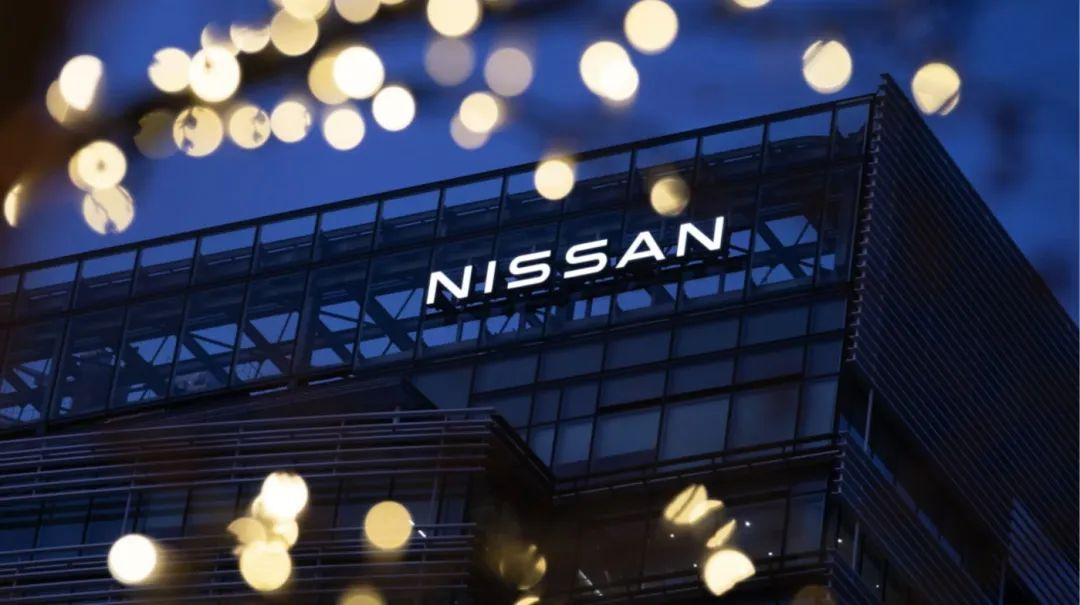
The inability to resolve the "who's in charge" dilemma means that Nissan's future once again hangs in the balance.
On the day of the separation, Nissan released its financial results for the third fiscal quarter of 2024. For the three months ended December 31, Nissan's consolidated net revenue amounted to 3.159 trillion yen, with a consolidated operating profit of 31.1 billion yen, down 78% from the same period last year, resulting in an operating profit margin of just 1.0%. The net loss stood at 14.1 billion yen, compared to a net profit of 29.1 billion yen in the corresponding period last year.
For the first three fiscal quarters, consolidated net revenue totaled 9.1432 trillion yen, with a consolidated operating profit of 64 billion yen, resulting in an operating profit margin of 0.7%, and a net profit of 5.1 billion yen.
Nissan also revised its full-year outlook for fiscal year 2024 downwards, marking the third time it has lowered its fiscal year forecast within the fiscal quarter. It now projects a net revenue of 12.5 trillion yen, with an operating profit revised downwards to 120 billion yen, and a net loss of 80 billion yen.
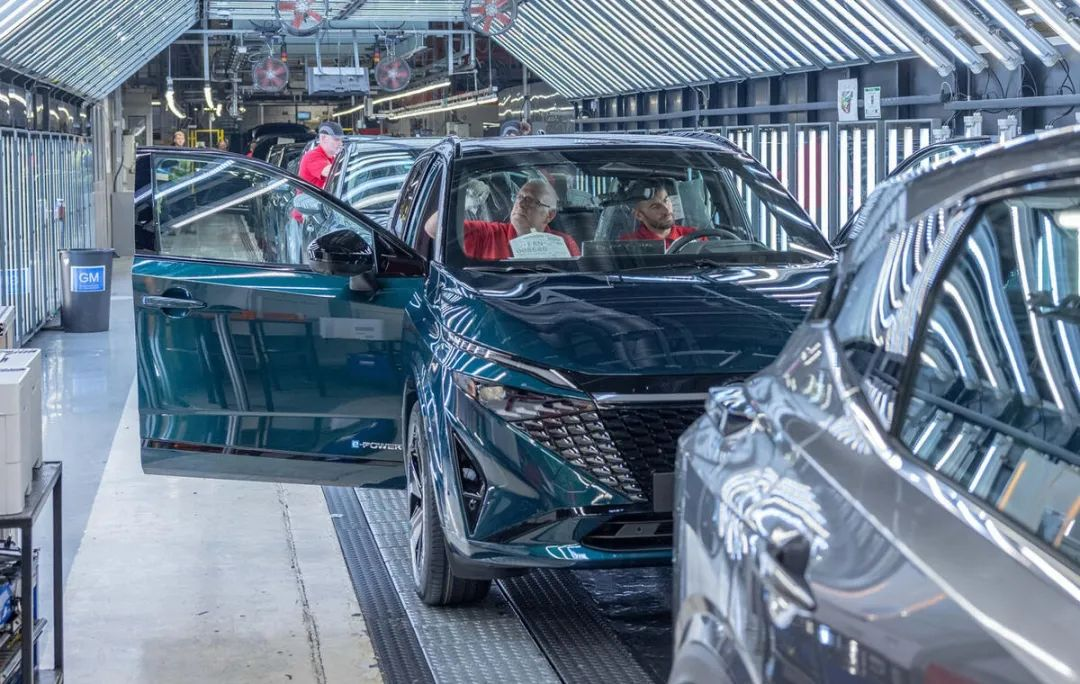
To turn around its financial performance, Nissan announced a comprehensive package of cost-saving measures, aiming to reduce costs by approximately 400 billion yen by fiscal year 2026.
This includes a 20% reduction in global executive positions, alongside the simplification of organizational hierarchy, a plan that will impact 2,500 positions in sales and administrative departments.
Furthermore, global production capacity will be scaled down from the current 5 million vehicles to 4 million vehicles by fiscal year 2026.
The previously announced plan to lay off 9,000 employees has also undergone changes, with Uchida stating that it will instead involve the direct layoff of 6,500 manufacturing positions. Some of these layoffs will be achieved through the closure of three factories, with the first closure being the plant in Thailand, starting from the first quarter of fiscal year 2025. Another factory will close between October and December of fiscal year 2025, and the third will close in fiscal year 2026.
02 Not Necessarily Reliant on Honda
Despite the failed cooperation, Nissan must press on. Its options are limited: either secure a new partner for mutual support or intensify investment in electrification.
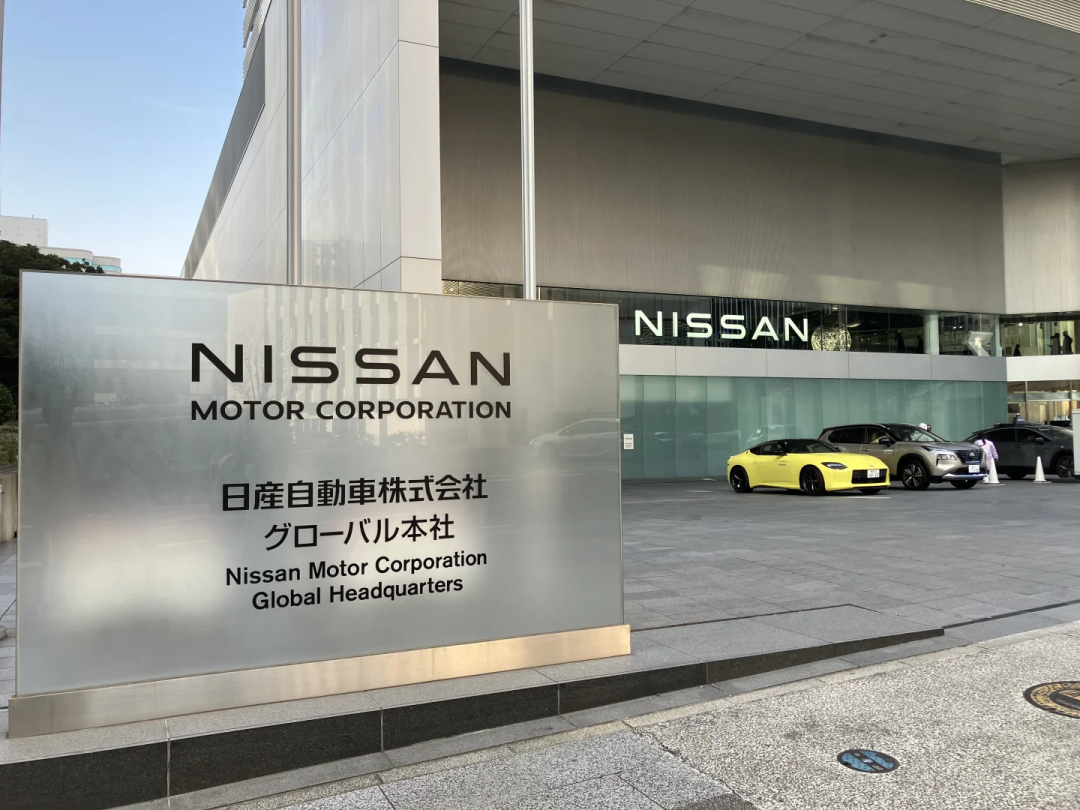
At the latest press conference held at its Yokohama headquarters, Uchida demonstrated his resolve, announcing an investment of 2 trillion yen (approximately RMB 100 billion) and plans to launch 27 electric vehicle models by 2030, 19 of which will be purely electric, aiming for an electrification rate of 55% to 60%.
To fulfill this commitment, Nissan has even opened up its proprietary "e-Power" hybrid system to its partner Mitsubishi Motors, focusing its efforts on solid-state battery research and development. A Nissan engineer conceded, "We must recreate a 'Sylphy myth,' but this time, the protagonist must be an electric vehicle."
In the declining Chinese market, Nissan's approach is no longer rigid, and it has begun to forge new alliances, setting its sights on Huawei. In November last year, Dongfeng Nissan officially announced a cooperation agreement with Huawei, becoming the first joint venture automotive brand to collaborate with HarmonyOS across all aspects of the cockpit.
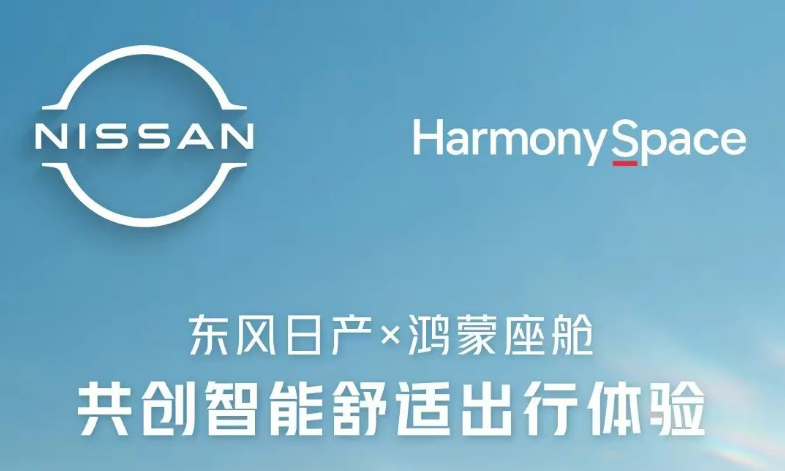
Dongfeng Nissan has opted for Huawei's HI mode, entrusting Huawei with the core technology and solution support for the intelligent cockpit. It also equips the intelligent cockpit with the Qualcomm Snapdragon 8295P chip, enabling the realization of diverse intelligent cockpit functions, which will be available on the Dongfeng Nissan N7 to be launched in the first half of this year.
This is a strategic move as the intelligent cockpit is the component that allows people to perceive changes in the car model most swiftly. A sophisticated intelligent cockpit experience and a high-level intelligent driving system with seamless operation have rapidly gained significance in the consumer car-buying process. Leveraging Huawei and AI cockpits as selling points allows consumers to immediately perceive Nissan's transformations.
Moreover, Dongfeng Nissan has collaborated with Momenta to jointly develop a high-level intelligent driving solution based on an end-to-end intelligent driving model, which will incorporate mainstream high-level intelligent driving functions such as full-scene parking, NOA highway navigation, and city memory navigation, all of which will be available on the Dongfeng Nissan N7.
Currently, Nissan's shortcomings in China—intelligent cockpits and intelligent driving—have been addressed, and the next step is to expand its market presence. According to plans, by 2026, Nissan will introduce five new energy products covering various power forms such as pure electric, plug-in hybrid, and extended range in the Chinese market.
Additionally, with its regained "single status," Nissan also has the opportunity to rekindle its relationship with Foxconn.
It's worth noting that Foxconn's parent company, Hon Hai Group, has previously extended multiple overtures to Nissan. For Nissan, this olive branch might warrant reconsideration.
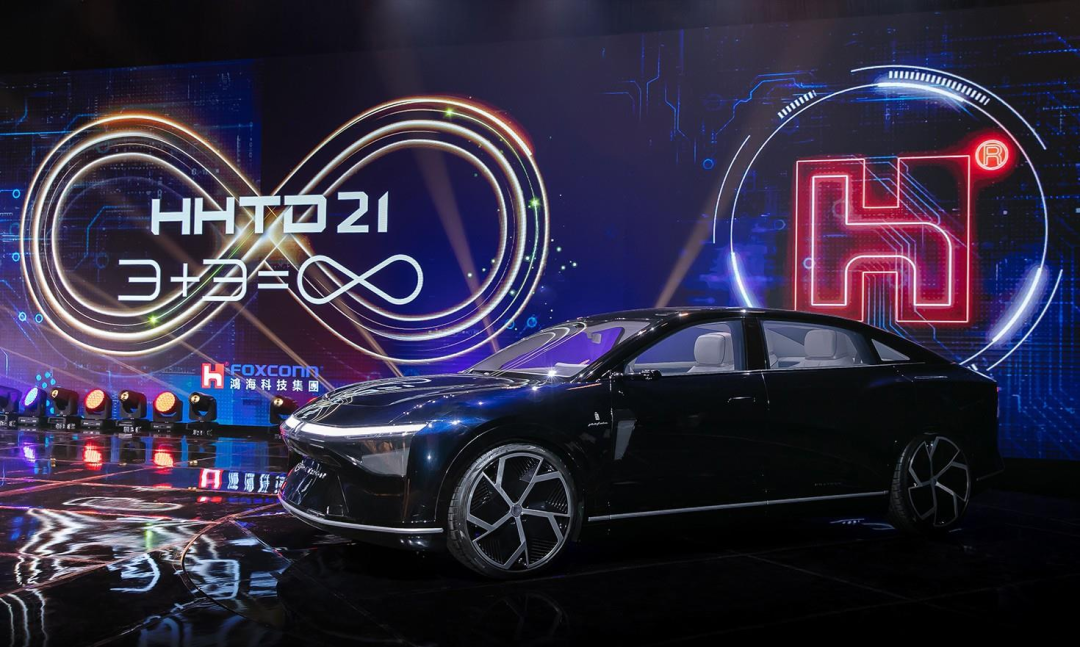
In fact, following the collapse of the merger negotiations between Nissan and Honda, Renault restarted discussions with Foxconn regarding its stake in Nissan.
On February 12, Hon Hai Chairman Liu Yangwei stated that Foxconn did negotiate to acquire Renault's stake in Nissan. He also clarified that the company's objective is to cooperate with Nissan rather than acquire it. He further anticipated announcing such a cooperation agreement within one or two months.
Many individuals, including Carlos Ghosn, the former chairman of the Renault-Nissan-Mitsubishi Alliance, previously favored a collaboration between Foxconn and Nissan. In Ghosn's view, such a partnership holds more promise.
However, for the time being, Nissan is reluctant to relinquish control, and the Japanese government's stance is equally cautious, with numerous probabilistic events surrounding the specific mode of cooperation.

